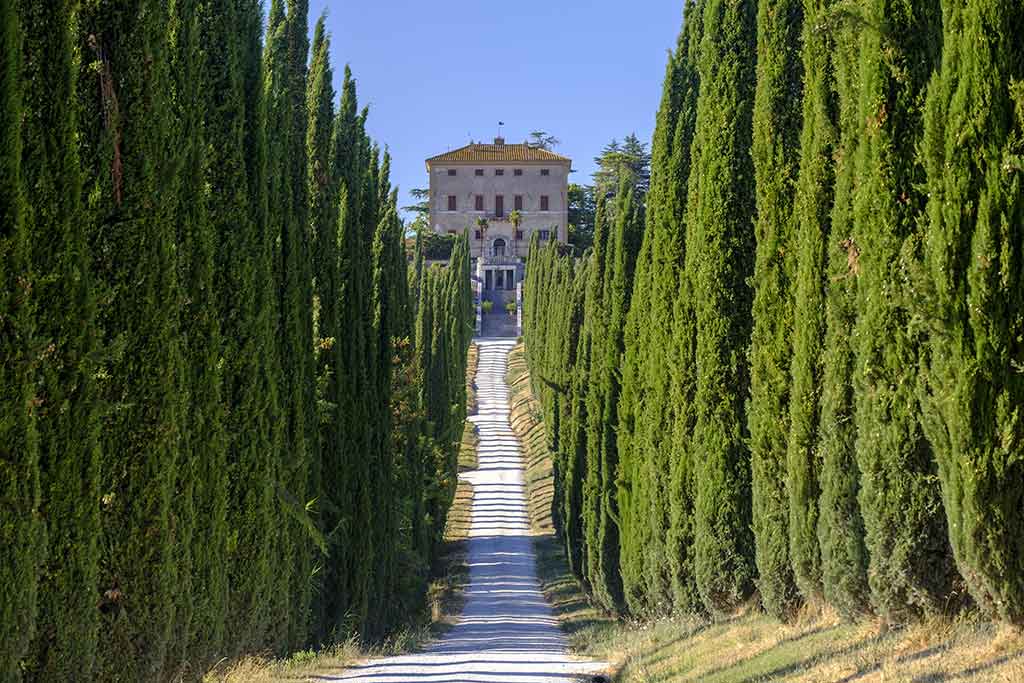Welcome
to Amelia Italy. If you’are planning to visit Amelia for your next trip and you are
looking for the best places to visit, here you’ll find tips and suggestions of most
popular point of interest and activities not to be missed in Amelia and surrounding.
Travelers will appreciate this italian town with
his rich historical and artistic heritage, local culture and environment. Discover the monuments, buildings, natural
treasures and all the details that characterize Amelia and its territory. Share and suggest a place you've
visited.

Terni, cypress avenue in Villa Aspreta
Amelia, the town that bears the female name, is visible from afar: it rises on a rocky hill covered with holm oaks and olive trees. It is a medieval village preserved well, but its history dates back far beyond the Middle Ages and even Roman times. Even today you can admire the cyclopean walls of the city dating back to the sixth century before Christ: it is not a small thing.
The Romans also attributed to the walls, also left in inheritance the cisterns, numerous Roman houses and the finds found in the area and exhibited in the Archaeological Museum, one of the most amp; ugrave; important of Umbria. From the Middle Ages, Renaissance and later eras remains the well-preserved urban planning and numerous historic and noble buildings and palaces, which inside preserve frescoed rooms, open to public in the days of the FAI.
In Amelia there are many ancient churches, of which many are medieval, such as the Church of San Francesco, the Church of San Pancrazio, the Church of Our Lady of the Cinque Fonti, where you stay amp; ograve; San Francesco D'Assisi, and the Duomo which, together with the Civic Tower, is located on the highest point of the country from which you can enjoy a splendid view of the surroundings.
The Amerino, where Amelia is located, is a land of excellence for the cultivation of vines and olive trees. You can't miss the opportunity to visit numerous cellars scattered through the wine routes and the mills that produce an excellent olive oil.
written by Mark Dutton - Last update: 16/10/2021
This guide has been translated automatically through a third party service. Visititaly offers these automatic translations to help site visitors, however the automatic translations may contain inaccuracies, errors or inaccuracies. You can contact us to report inaccuracies or errors and we will check the translation.